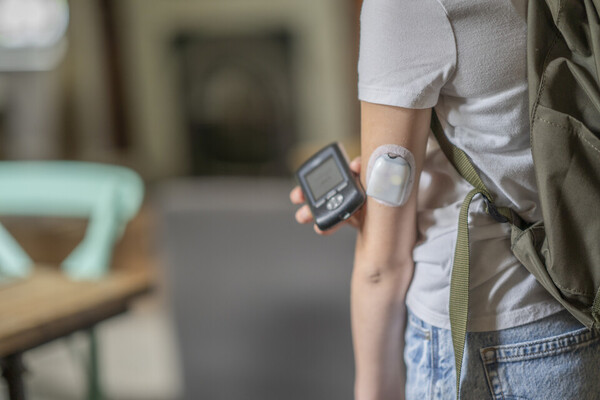The number of diabetes patients in Korea reached 3.8 million last year, accounting for 7.46 percent of the total population. These patients' per capita medical expenditure was 307,000 won ($218).
On Thursday, World Diabetes Day, the Health Insurance Review and Assessment Service (HIRA) released the results of diabetes treatment status for the last five years (2019-2023).

According to the analysis of diabetes treatment trends over the past five years, the number of patients increased by an average of 4.4 percent annually, totaling 18.6 percent, while medical expenses increased by an average of 5.9 percent, totaling 25.7 percent.
By gender, men experienced higher growth rates than women. The number of male patients grew at an annual average growth rate of 4.6 percent for a five-year total of 19.6 percent, and the total annual medical expenses grew 6.8 percent a year for a total of 30.1 percent.
Female patients increased by 4.1 percent yearly to 17.3 percent, and total annual expenditures increased by 4.8 percent to 20.6 percent.
When analyzing diabetes care trends by inpatient and outpatient over the past five years, inpatient claims decreased by 3.3 percent for a five-year total of 12.5 percent, while outpatient claims increased by 2.3 percent for a total of 9.6 percent.
Inpatient admissions decreased by 6.1 percent over the five years, at an annual average decrease rate of 1.6 percent, while total annual charges increased by 3.0 percent, or 0.7 percent yearly.
Outpatient visits increased at a compound annual growth rate (CAGR) of 4.4 percent over the five years, totaling 18.7 percent, while total annual charges increased at a CAGR of 7.9 percent, totaling 35.6 percent.
When looking at the number of patients treated as a percentage of the population by age over the past five years, more than 15 out of every 100 people over 60 were treated for diabetes. The share of patients in their 20s or younger also increased significantly.
In 2023, 21.79 percent (864,383 people) of people in their 70s received diabetes treatment, followed by 18.46 percent (434,449 people) in their 80s or older and 16.40 percent (1,251,421 people) in their 60s.
In 2023, the most frequent comorbidities of diabetes were lipoprotein metabolism disorders and other lipidosis, 39.8 percent (1,524,737 people), essential hypertension, 33.7 percent (1,290,924), and other diseases of the liver, 3.0 percent (113,707 people).
“Looking at the status of diabetes care over the past five years, most patients are in their 40s or older, but the proportion of patients in their 20s or younger is increasing, so we hope that diabetes can be detected and managed early through regular check-ups at all ages,” said Jung Jae-heung, head of HIRA’s Big Data Center.
Related articles
- Obesity society condemns call for raising obesity standards as ‘going against public health’
- Should Korea's obesity threshold be raised to BMI of 27 or higher?
- Korean diabetes association calls for measures to curb Wegovy abuse amid rising cosmetic use concern
- In type 2 diabetics under 40, the lower their income, the higher their death risk

